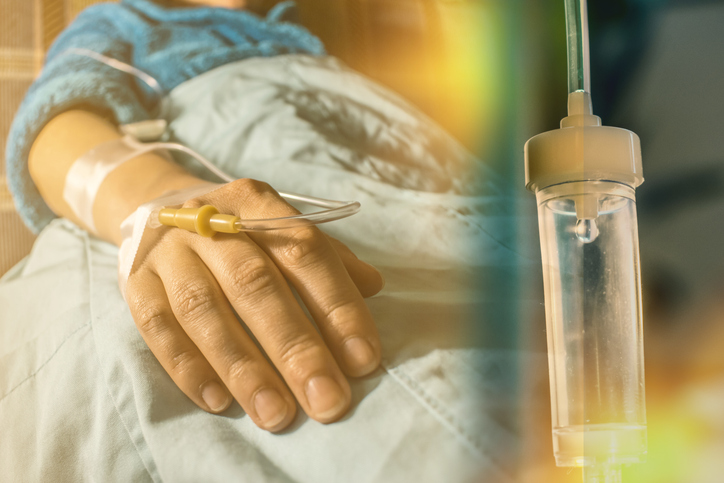NAMSA Acquisition of U.S. Medical Device Testing Operations of WuXi AppTec

NAMSA, a medical device contract research organization, announced last week the acquisition of the US medical device testing operations of WuXi AppTec, a biopharmaceutical and medical device testing laboratory headquartered in China. This acquisition is part of a recent trend of acquisitions of medical device testing laboratories by larger multinational testing conglomerates over the past few years. This trend, predicted to continue, results in larger, consolidated operations with higher volumes and the ability to offer routine standardized testing on complex projects. However, it comes with a cost.
Challenges in Biological Safety Evaluation
Evaluation of the biological safety of medical devices with compliance to new standards and revisions of existing standards has become increasingly challenging. Given the shift in regulatory expectations, along with an increase in the use of unique materials and manufacturing processes, each premarket submission often requires a custom-designed strategy for assessing biological safety that takes in to account the details of the device’s indication and composition. This approach dictates constant communication between engineers and regulatory affairs specialists at the medical device manufacturer, the research lab conducting the biological endpoint and chemical characterization testing, and the toxicologists and biologicals safety specialists conducting the biological evaluation and making a final determination on safety.
CPG’s Collaborative Approach to BSE
Material scientist and biocompatibility specialists at Cambridge Polymer Group work directly with the client through the submission process to ensure a successful outcome with regards to evaluation of the biological safety of the device. Although communication often begins with a conversation between a single engineer at a medical device company and a scientist at CPG, CPG in-house experts often become part of the cross-functional team that is necessary to effectively address FDA feedback. As needed, CPG can also rapidly bring in additional external expertise to further support the submission process.
The customer-driven, interactive approach offered by CPG has resulted in a high success rate with premarket submissions. Ultimately, the support offered by in-house experts at CPG, along with external partners to CPG, can reduce the timeline and overall cost for bringing a medical device to market. Turnkey contracts for biological safety evaluation may increase the risk that the premarket submission does not meet current regulatory expectations.






